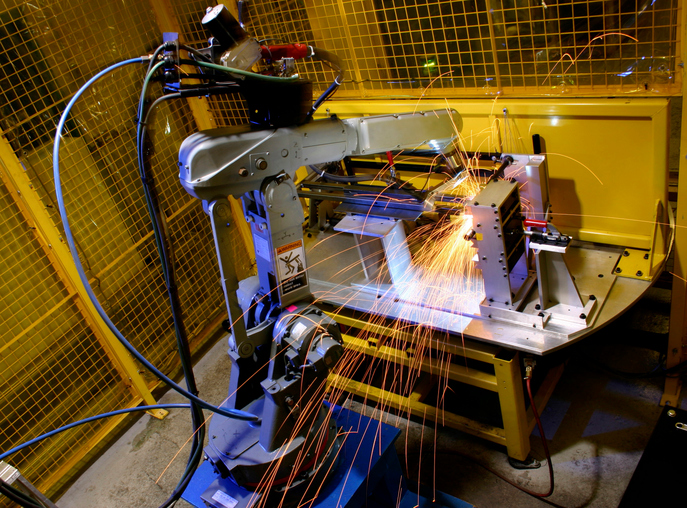If you’ve ever been involved in construction, you know it can be time consuming, expensive, labor-intensive and much more. These qualities make it necessary to streamline and simplify the process, and one of the most common and effective ways to make the process easier is prefabrication.
Prefabrication enables process standardization, reduces costs, improves construction quality, reduces waste and shortens lead times. It’s simply the process of assembling building systems offsite then delivering them to the project site for installation. It’s this convenience that is beneficial to both contractors and clients. However, prefabrication is not without its issues. Below are the pros and cons of the process.
The Pros of Prefabrication
Prefabrication isn’t what it used to be. It’s no longer defined by a stigma of low quality and “cheapness.” The new process and definition of prefabrication has enhanced productivity and highlighted the many benefits of the process. Some of the greatest advantages of using prefabrication include:
- Less risk of vandalism and theft of equipment
- Cost-effective and useful for seasonal and temporary work structures
- Enhanced and simplified onsite logistics
- Reduction in material waste, which is eco-friendlier than other approaches and gives companies the ability to eliminate environmental waste in the design phase and achieve “green” project goals
- Better protection against inclement weather and weather damage
- Increased productivity, which is especially beneficial when skilled labor is scarce, project turnaround times are tight and bids are competitive
The Cons of Prefabrication
Like all things, prefabrication has its disadvantages. Fortunately, these disadvantages are no longer characterized by low quality. Prefab structures adhere to strict architectural specifications and are built using the same quality and care as traditional structures. However, there are still some issues with using prefabrication in the construction industry. These issues include:
- Prefab buildings may have limited service areas and customization
- Ongoing education and even more advancements in the construction industry are needed before great strides in prefabrication can be made
- If major aesthetic changes are needed, then structures must be sent back to the factory for redesign. This can be costly, as factories can be located hundreds of miles away from project sites
- Negativity surrounding the use of the process and hesitation to implement prefab techniques
What’s Changing in Prefabrication As certain industries grow, so does the need for prefabrication. For example, growth in the healthcare industry is dependent upon the economic climate, the ability to replicate and expand and prefabrication’s adaptability in complex buildings. In the future, the need for healthcare and education housing will grow exponentially, and prefabrication could be the key to constructing sustainable buildings in an efficient, fast and cost-effective manner. However, the expansion of prefabrication will mostly depend on the expansion of industry practices.
Prefabrication will only reach as far as construction professionals allow it. This means that for the approach to be more widely accepted and requested by clients, it simply has to be more widely used and offered by construction companies. The problem for most companies is in profitability, but the simplicity, convenience, labor-friendliness, eco-friendliness and cost-effectiveness of the approach makes a profit almost inevitable.
All construction companies must do is accurately measure the expected pay-back timeframe and calculate their ROI (return on investment). Additionally, labor relations, quality control, procurement and delivery times should be taken into consideration. These are all serious aspects of prefabrication that companies should consider before dismissing it as an unsuitable option. The more the process is accepted and used, the better it will become. However, the use of the process will depend on the company, the company’s needs and structure and their clients’ wants and needs. What are some ways your facility uses prefabrication? Share with us in the comments below. Be sure to visit us online at www.gesrepair.com or call us at 1-877-249-1701 to learn more about our services. We’re proud to offer Surplus, Complete Repair and Maintenance on all types of Industrial Electronics, Servo Motors, AC and DC Motors, Hydraulics and Pneumatics. Please subscribe to our YouTube page and Like Us on Facebook! Thank you
